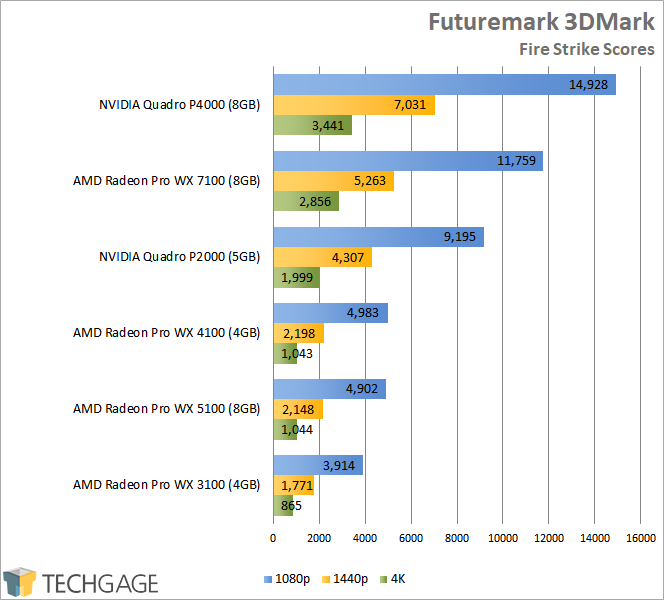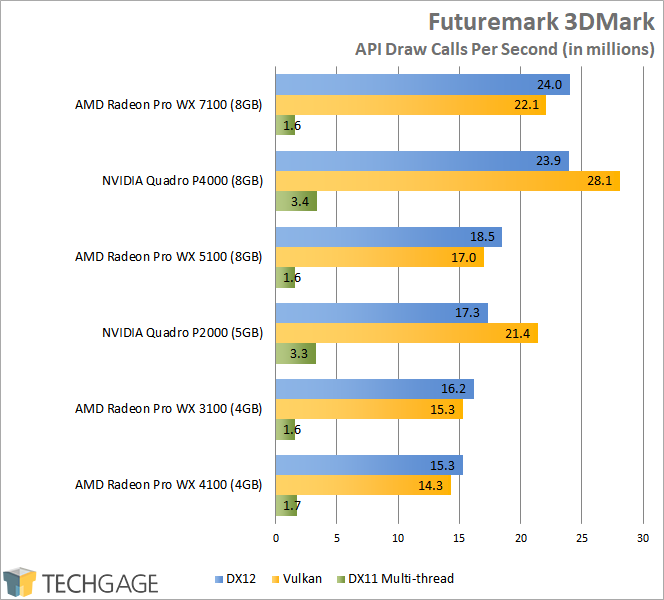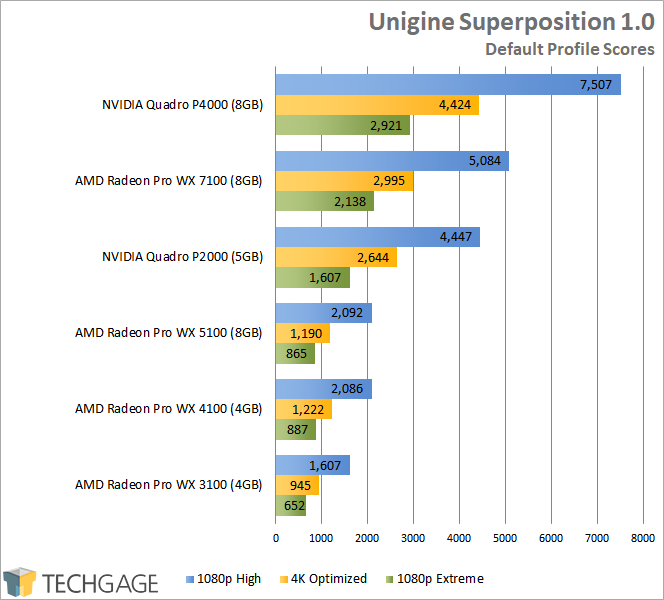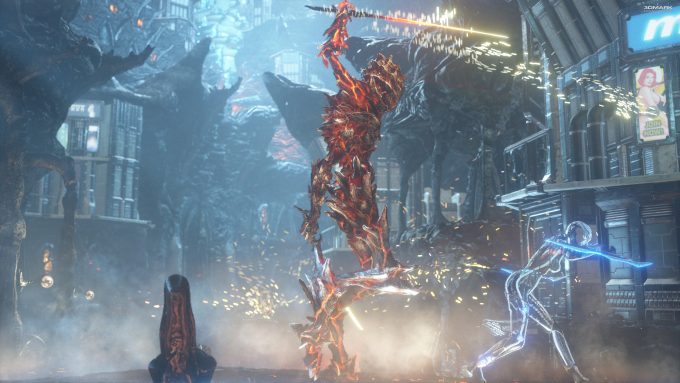- Qualcomm Launches Snapdragon 4 Gen 2 Mobile Platform
- AMD Launches Ryzen PRO 7000 Series Mobile & Desktop Platform
- Intel Launches Sleek Single-Slot Arc Pro A60 Workstation Graphics Card
- NVIDIA Announces Latest Ada Lovelace Additions: GeForce RTX 4060 Ti & RTX 4060
- Maxon Redshift With AMD Radeon GPU Rendering Support Now Available
A Look At AMD’s Radeon Pro WX 3100 Workstation Graphics Card

AMD last month rounded out its Radeon Pro WX series with the WX 3100 and WX 2100. These nearly identical cards differ themselves by their framebuffer: 4GB vs. 2GB. It’s the beefier of the two cards we’re taking a look at here – a low-profile option that sips little power, and sits quiet while it works away.
Page 6 – Gaming: Futuremark 3DMark & Unigine Superposition
Gaming is generally not a big focus for professional GPU lines, but the fact of the matter is, they can game. That especially applies to the top-tier cards on the market, as they all perform similarly to the top-tier gaming cards from the same vendor of the same generation. So what’s the caveat with gaming on workstation cards? A lack of game-specific optimizations.
While on the GeForce or Radeon (non-Pro) side, the companies constantly roll out updates that improve general performance in gaming or performance specific to one title, Quadro and Radeon Pro drivers don’t have the same granularity where gaming’s concerned.
To get a quick gauge on the performance of our workstation GPU collection in gaming, we use Futuremark’s 3DMark and Unigine’s Superposition.
Futuremark 3DMark


Despite the WX 5100 being spec’d better than the WX 4100, both cards perform the same in 3DMark, or at least just about the same. As I mentioned earlier, the WX 3100 is built around the same GPU as the RX 550 on the gamer side, a GPU that would enable modest 1080p gaming. Similar performance could be expected from this Pro card.
Unigine Superposition

Superposition agrees that the WX 5100 and WX 4100 perform the same, but more importantly in the context of this review, the WX 3100 screams at its price point.
Support our efforts! With ad revenue at an all-time low for written websites, we're relying more than ever on reader support to help us continue putting so much effort into this type of content. You can support us by becoming a Patron, or by using our Amazon shopping affiliate links listed through our articles. Thanks for your support!







